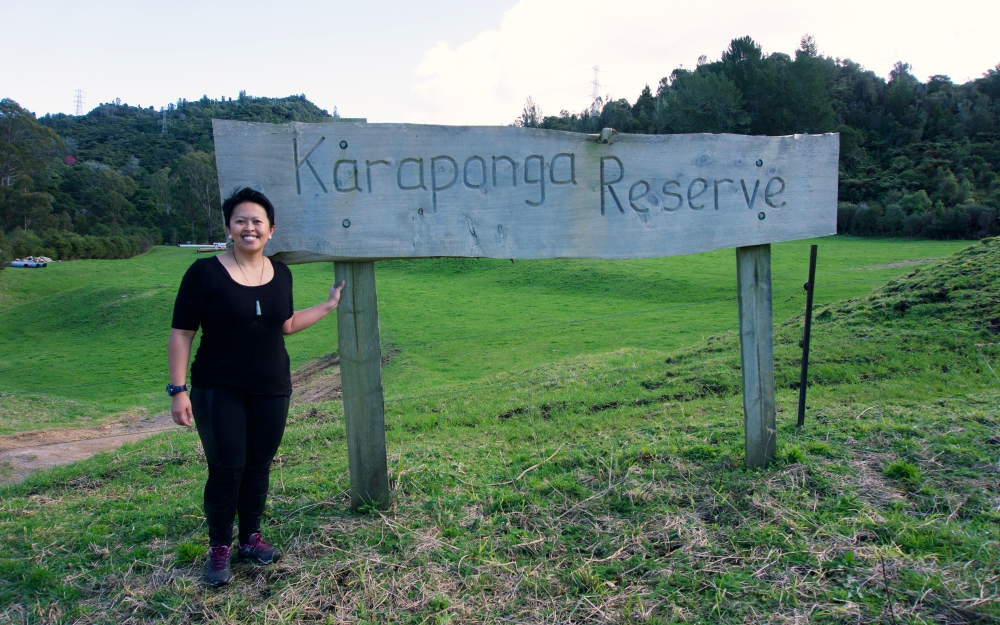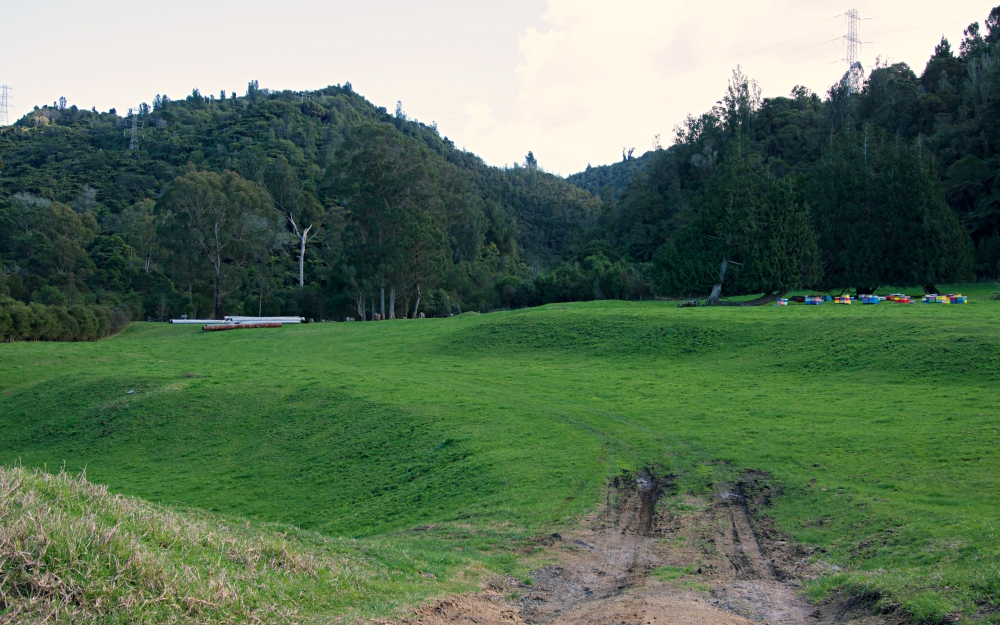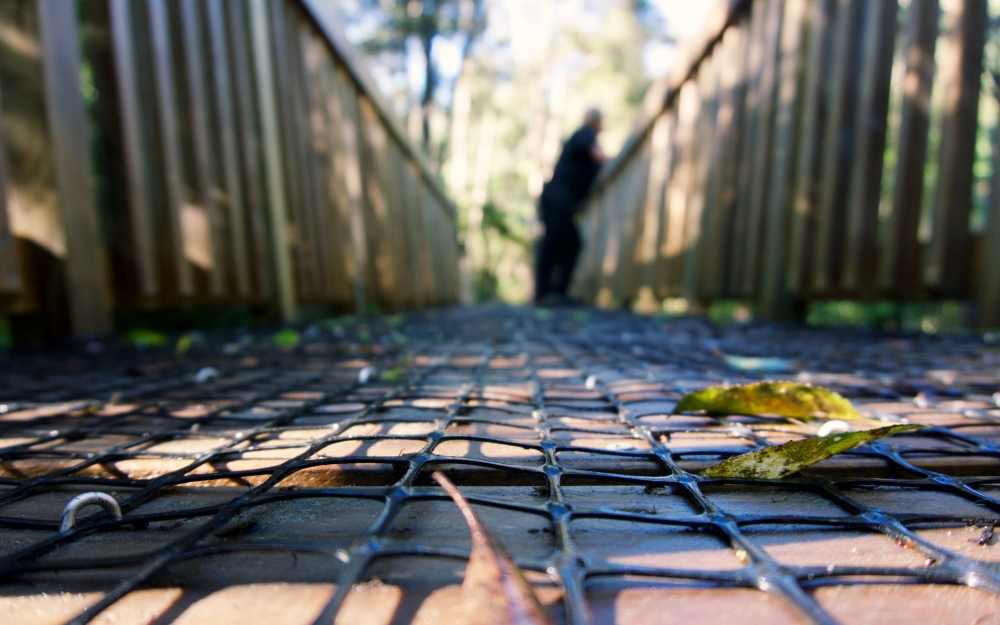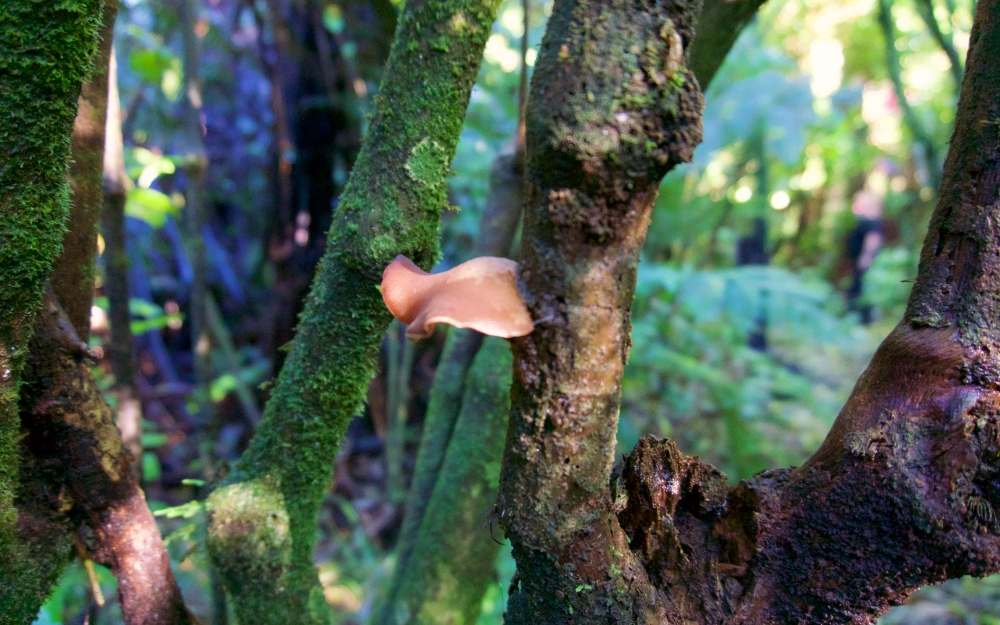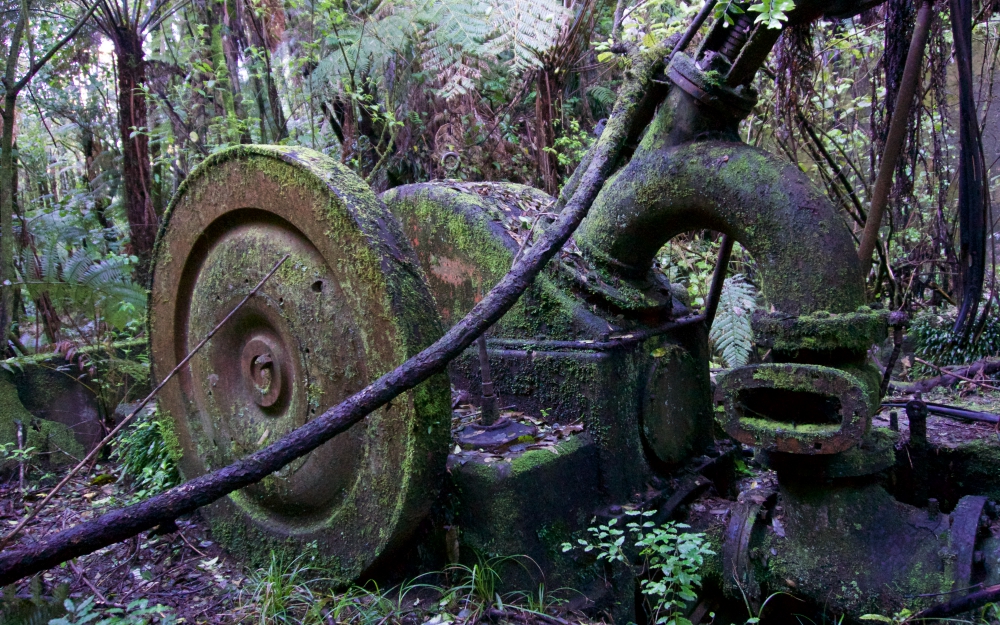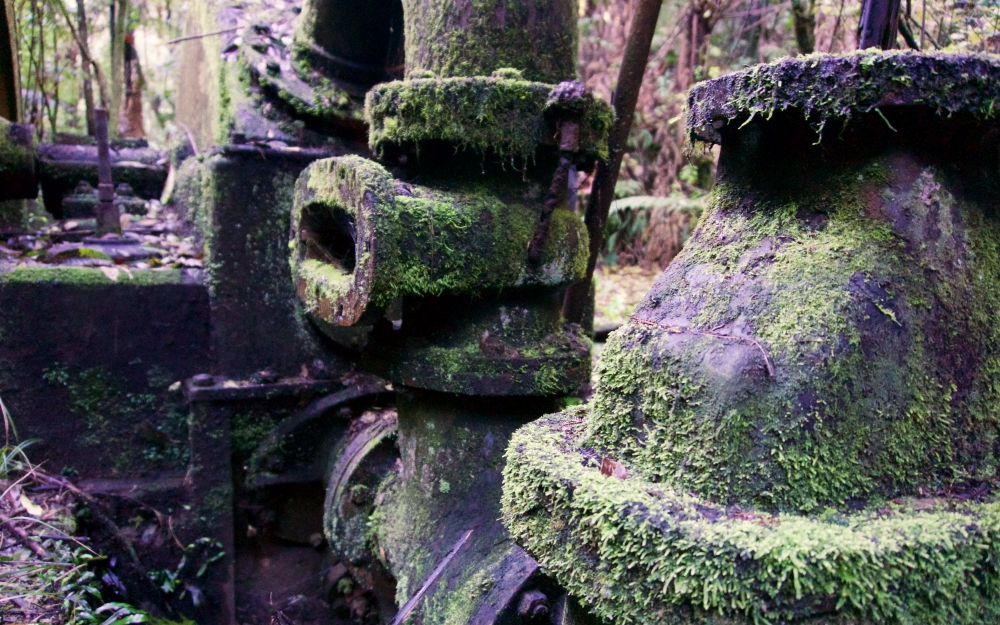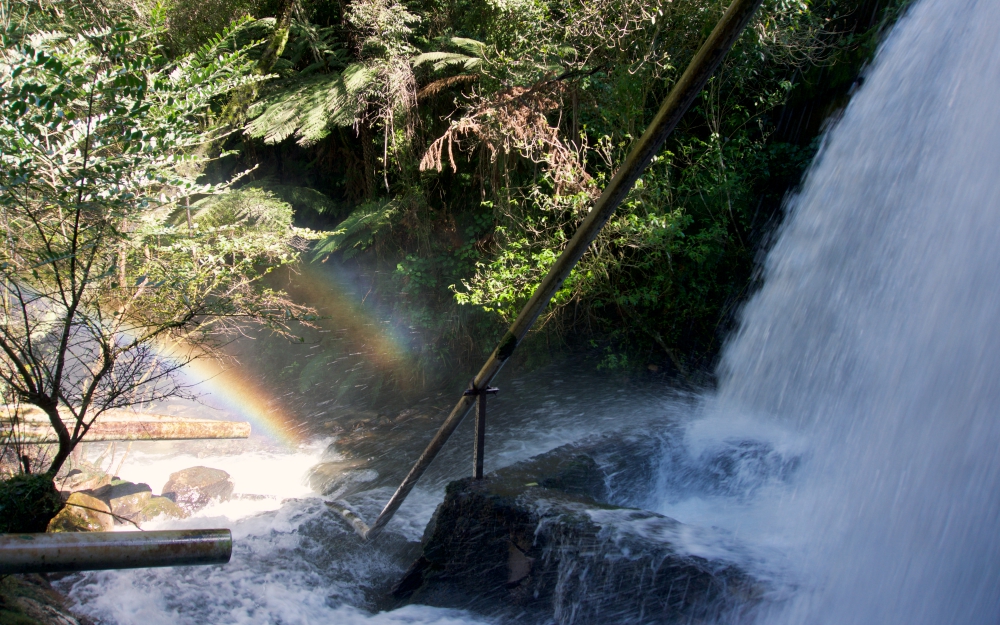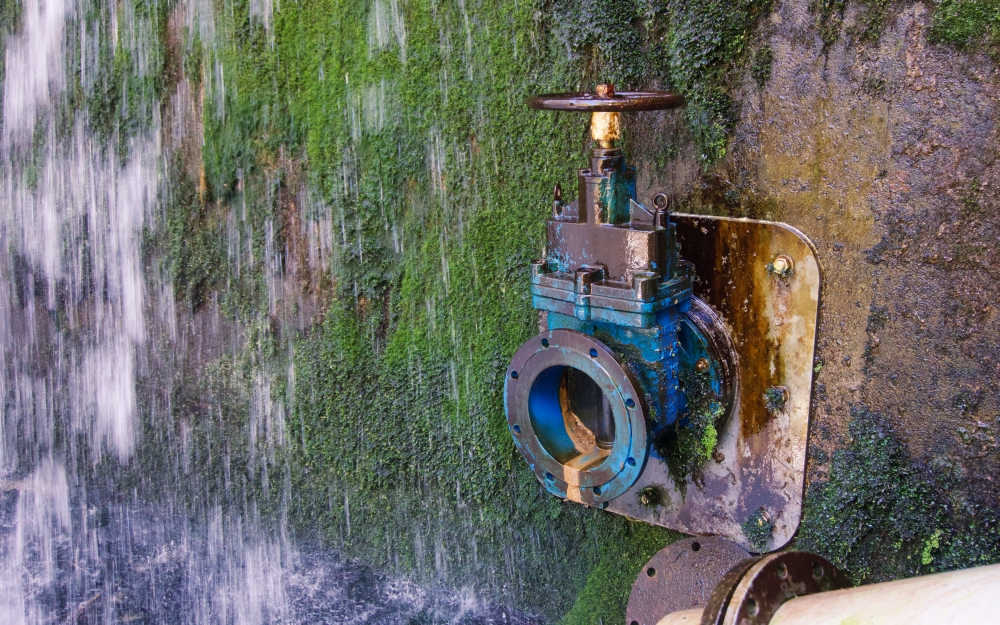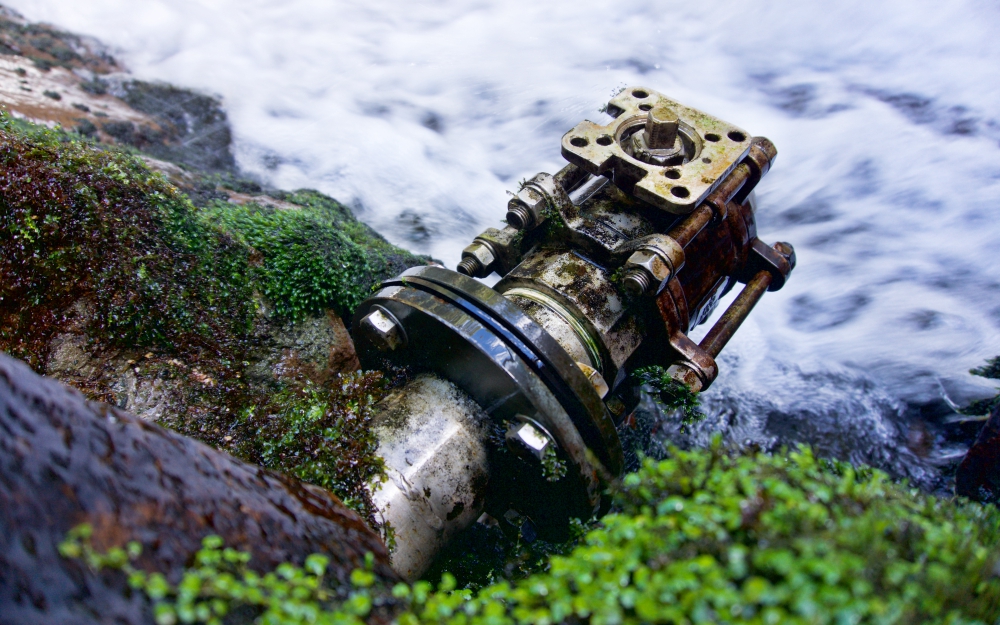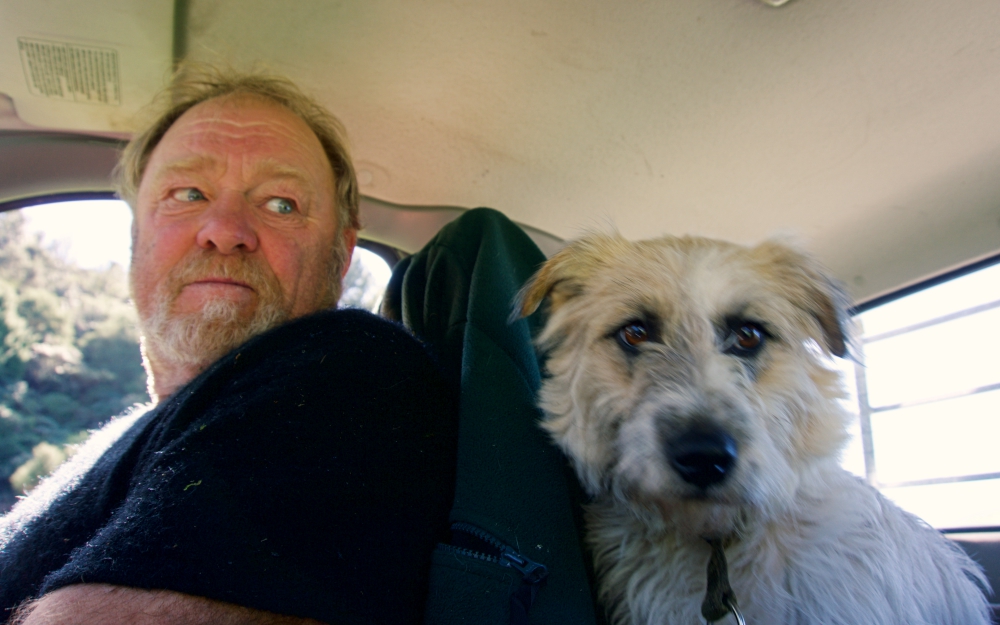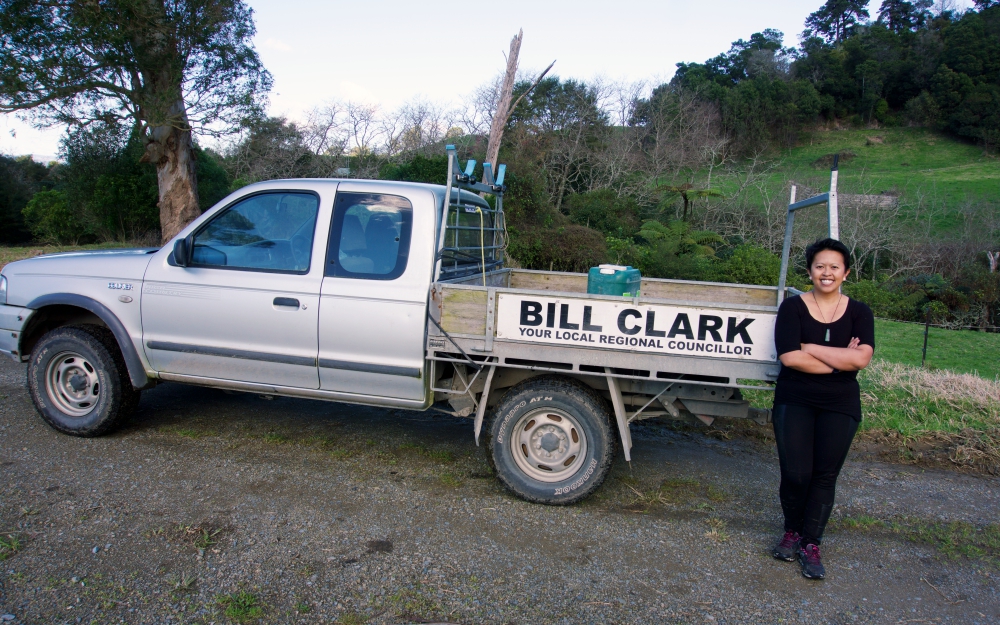Escape To The Beautiful Karaponga Reserve
Friend and Regional Councillor, Bill Clark, was nice enough to take me out to the Karaponga Reserve, which happens to be just down the road from the Onepu MTB Park.
Bill Clark and I go way back to my musical theatre days - he is indeed a man of many talents and passions. Today he is my guide to what he describes as the Onepu Project, a collective of activities and experiences in a village just 20 minutes from Whakatane. It’s a place us Eastern Bay locals should know about, or maybe we do and don’t use because of the perceived inconvenience of getting out there. Some people in cities sit in traffic longer every day, I feel pretty lucky to be living here.
I had stumbled upon the Karaponga Reserve when I bumped into a local walking her dog at the Onepu MTB Park. She saw that I was interested in photography and said that the waterfall and hydro-dam walks were a must, especially since they were just down the road. For dog lovers, the Karaponga Reserve is dog friendly. Bill’s dog Lucy took great joy leading us to the waterfall, and
I could tell she had been here many times before.
After my morning walk at Karaponga, I’m excited to see this place as it develops over the coming years. Development doesn’t have to have the dirty connotation of commercial agendas - for I see Onepu’s activities enriching our appreciation of the natural beauty of the outdoors. This will require ongoing education and respect of this place. Public spaces - be it urban or rural, require the patience and passions of locals to maintain its beauty and culture.
Getting there from Whakatane
Drive towards Rotorua on SH 31 and turn right onto Braemar Rd, which is just passed the Onepu MTB Park (on the left). The reserve is at the end of Symond Rd, a left turn off Braemar Rd. Drive takes about 20-30 minutes. Want to spend the day? There are takeaway food options in Te Teko (about 15 minutes away). Kawerau is the nearest petrol stop, which also has more food options and a supermarket.
Rotorua is less than an hour’s drive, so you can easily do the walks and a few hours at the MTB. Braemar Springs is also very popular with the locals, especially in the Summer months.
Karaponga Waterfall
You will see a hand carved wooden sign at the entrance of the reserve. The gates aren’t locked, just make sure to close them behind you as you drive through. Entrance to the waterfall is by the large pipes in front of the tree line. The falls is to the left, and the walk to view the hyrdro-dam is a gate to the right.
The walk bridge is a recent Edgecumbe Lions Club project lead by Bill - it certainly made crossing the Karaponga Stream much easier than the original wooden plank below.
As for the track itself, it’s a decent walk with some uphill section, overgrown roots and plants. That’s the beauty of it, the path is maintained just enough to make the waterfall accessible. There are also rocky sections as you climb up towards the waterfall. Shoes with grip is best.
As the track follows the river upstream towards the waterfall, the path is abundant with glorious moss.
Check out this ear shaped fungi, commonly known as Wood Ear or Jelly Ear (Auricularia auricula-judae). I’ve seen this kind before when we used to climb Mt. Whetumatarau during school trips in Te Araroa. Apparently it’s a commercial product that is often exported to China, although I didn’t many at Karaponga. According to Maori legend, a woman walking in the forest complained to Tane Mahuta (God of the Forest) that the birds sang too loudly. As punishment, he took her ears which then grew into the ear shaped fungi we see today.
Bill wasn’t familiar with the red fungi in the second photo, so if you’re a fungi expert, please get in touch.
“The power station was first constructed in 1922 to supply power to Whakatane.
It was expanded with a second generator in 1928, but closed down in 1939. Reconstruction and recommissioning started in 1996, and the power station is now operational. The light pumice soils in the area quickly filled up the dam, so it contains almost no water reserve, with the power station relying on the flow of the Karaponga Stream alone for its supply.”
Standing at the foot of the Karaponga Falls.
I loved how the track follows the natural flow of the river upstream. There are plenty of photo opportunities and you can hear the waterfall before you see it.
Walking at a steady pace, the walk to the waterfall took about 30 minutes. That included stopping for photos and Bill talking about the history of the reserve. It’s a peaceful spot, so take your time and enjoy it. Some sections are slippery so watch your step as the river is cold all year round, with rapids throughout.
View downstream of the waterfall.
The hydro-dam
There’s a closed gate to the right of the tree line at the reserve, it’s still open to the public, just make sure to close the gate behind you. As the reserve is surrounded by private farmland, cows do wander onto the track, so watch out for fresh poo. It’s a steady uphill climb, and I was glad I had a hiking pole with me to help me along, especially as I still had my cold.
Here’s the crazy thing, the track itself is well maintained - its condition rivalling the Bird Walk in Whakatane. At a steady pace, we reached the top in less than 30 minutes. I especially liked the section where the track opens up to the valley below, but for some reason I didn’t take a photo of it. At one of our stops, Bill picked a reddish bunch of small berry-like fruit and gave me a handful to taste. It’s native to New Zealand, though I can’t remember what it’s called. He said that the taste will ‘grow on you’, which is really a code for ‘once it’s in your mouth, may the force be with you.’
What did it taste like? Think of it like a super intense, bitter coriander. Not a fan of coriander? Then it tastes gross. He gave me the stalk of another plant that did help with some of the bitterness, and luckily I had water and craisins in my pack that washed away the rest. I would be interested to see how a chef would incorporate it as a seasoning, and if drying it would intensify or make the taste more mellow (read bearable).
There’s no official track down to the hydro-dam itself, so these photos came about because Bill has been here a thousand times before. This area is private property, and if you venture down, take extra care as the path is slippery and the water flow much faster than it looks.
Thanks to Bill Clark (and his super cute dog, Lucy) for showing me around the Karaponga Reserve and educating me about the history of the hydro-dam. We headed back to his place where he served up a homemade pesto, bread he baked that day and salad from his garden. Feed the body, feed the soul and respect the fruits of the land - I feel that.
Resources
Bill Clark, Regional Councillor and Onepu local
Photographs by Ronna Grace Funtelar | Camera: SonyA6000
fivefootronna is Ronna Grace Funtelar - a thirtyish adventurer, graphic designer and writer. A woman who lives for hiking mountains, outdoor adventures and eating pizza. She has a unique brand of optimism that is a combination of her great enthusiasm for life and cups of coffee during the day.

